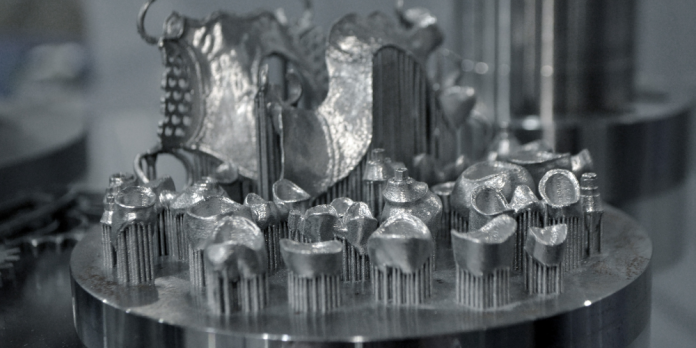3D printing is a process that uses additive manufacturing to create three-dimensional objects based on a digital model. The technology uses a computer to control an industrial robotic arm, which lays down successive layers of material until the object is complete. This allows you to create objects which would be difficult or impossible with traditional manufacturing techniques.
Introduction to SLS and SLA
In particular, if you don’t have any prior expertise with them, choosing a 3D printing method might be overwhelming. But bulk customization and quick prototyping are made possible by 3D printing, which is an amazing technology. The two most common 3D printing technologies—sls vs sla printing—are contrasted in this tutorial to help illustrate their differences.
SLS stands for selective laser sintering, which uses a high-powered laser to fuse together layers of powder into your desired object. SLA stands for stereolithography, which uses UV light to cure (or harden) liquid resin into your desired object layer by layer.
SLA and SLS Manufacturing Process
SLA is a photopolymerization process and SLS is a selective laser sintering process, which means that they use light to cure resin instead of heat.
SLA uses photo-curing (light) technology to build 3D parts by curing liquid resin layer by layer until the part is complete. This process can take anywhere from hours to days, depending on size and complexity of the object being printed.
SLS, on the other hand, uses lasers to fuse powdered plastics together into layers. It’s an additive manufacturing technology that builds up objects layer by layer just like SLA (though it doesn’t require as much time).
Functional vs. Aesthetic
In the case of SLA, it is a good choice for functional parts because it creates strong and durable products. The downside to this technology is that it cannot create detailed or textured surfaces. This means that if you are looking for something aesthetically pleasing, you will not find it in an SLA print.
On the other hand, SLS 3D printing has a higher resolution than SLA and can fill up a lot more space with smaller details, making it more suitable for creating aesthetic models.
Heat Resistance, durability, and flexibility
SLS:
Durability: Low to moderate because of the use of carbon dioxide laser. No need to worry about heat resistance as the material is changed into powder and reassembled into a new part.
Flexibility: Low, but can be improved with proper post-processing such as annealing (heating) or infiltration with waxes and oils for lubrication or other reasons.
SLA:
Durability: High due to its use of ultraviolet light and resin composite materials. The part is cured from the bottom up by curing resin at each layer separately until completed, which means that there are no stresses created during printing because the pressure applied to the build platform remains constant throughout the printing process unlike FDM where higher pressures can cause warping, or cracking after cooling down once printed due to thermal contraction stress between layers being too large compared surface tension forces holding together two separated surfaces when melted plastic cools down again after printing process completed
But keep in mind that due to the high accuracy requirements of some industries (e.g., automotive), SLA may be more suitable for prototyping purposes or modeling than SLS technology.
Strength to Weight Ratio
SLS is best for functional parts, as it’s one of the strongest 3D printing materials available. It can be used to create parts that are stronger than some metals, and it offers high resistance to heat and cold.
SLA tends to be more aesthetic by nature—it’s better suited for creating intricate details you’d expect from jewelry or art than functional parts. While these models are strong enough for most uses, they aren’t as strong as SLS in terms of strength-to-weight ratio—this makes them less ideal if you need something with a lot of strength.
Rapid prototyping, rapid manufacturing, and mass customization
3D printing is a new technology that has come into the limelight as a way of rapid prototyping, rapid manufacturing, and mass customization. In fact, you can print anything from toothbrushes to entire buildings using 3D printers!
The foundation of 3D printing is that you build objects one layer at a time by depositing material in predetermined patterns. This process allows for the creation of three-dimensional objects easily and more quickly than traditional methods like machining or injection molding.
Conclusion
The world of 3D printing is exciting and full of possibilities. The right choice for your project depends on the type of material you want to work with and how much flexibility you need in the design process. If you’re looking for something that’s easy to use and affordable, then SLA might be a good fit for your needs. However, if durability is important or if you need something stronger than PLA plastics can offer then SLS would be better suited for use.











